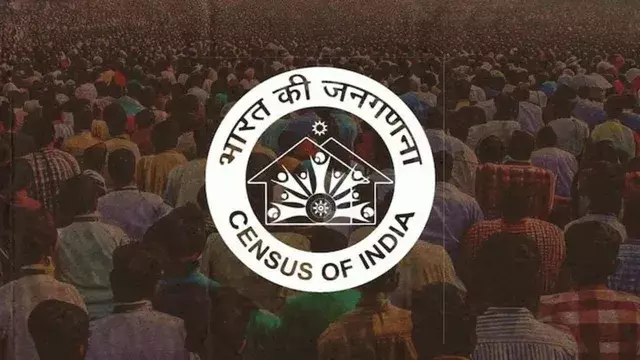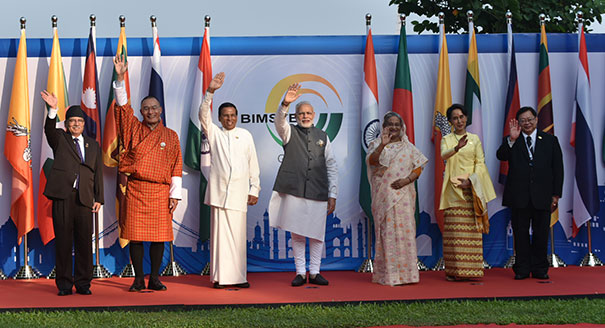- Courses
- GS Full Course 1 Year
- GS Full Course 2 Year
- GS Full Course 3 Year
- GS Full Course Till Selection
- Answer Alpha: Mains 2025 Mentorship
- MEP (Mains Enrichment Programme) Data, Facts
- Essay Target – 150+ Marks
- Online Program
- GS Recorded Course
- Polity
- Geography
- Economy
- Ancient, Medieval and Art & Culture AMAC
- Modern India, Post Independence & World History
- Environment
- Governance
- Science & Technology
- International Relations and Internal Security
- Disaster Management
- Ethics
- NCERT Current Affairs
- Indian Society and Social Issue
- NCERT- Science and Technology
- NCERT - Geography
- NCERT - Ancient History
- NCERT- World History
- NCERT Modern History
- CSAT
- 5 LAYERED ARJUNA Mentorship
- Public Administration Optional
- ABOUT US
- OUR TOPPERS
- TEST SERIES
- FREE STUDY MATERIAL
- VIDEOS
- CONTACT US
Report on Swachh Bharat Mission (Grameen) (SBM-G)
Report on Swachh Bharat Mission (Grameen) (SBM-G)
13-02-2025

- On October 2, 2014, Swachh Bharat Mission (Grameen) (SBM-G), a centrally Sponsored Scheme, was launched by the Ministry of Jal Shakti.
- Aim to eliminate open defecation in rural areas and transform rural sanitation practices.
- In February, 2025, Parliamentary Standing Committee has presented a report on SBM-G, applauding the achievements made under SBM(G)-II, while also highlighting areas requiring improvement.
Key Achievements:
- ODF Plus Villages: Out of 5,87,529 villages in India, 5,57,468 villages have been declared Open Defecation Free (ODF) Plus, reflecting a significant achievement under SBM(G)-II.
- An ODF Plus village not only sustains its ODF status but also ensures solid and liquid waste management and is visually clean.
- An ODF Plus village not only sustains its ODF status but also ensures solid and liquid waste management and is visually clean.
SBM-G Phase II (2020-21 to 2024-25):
- Aim: To sustain ODF status and effectively manage solid and liquid waste by 2024-25, while transforming all villages from ODF to ODF Plus model.
- Major Components:
- Construction of Individual Household Latrines (IHHLs)
- Construction of Community Sanitary Complexes (CSCs)
- Solid and Liquid Waste Management (SLWM)
Issues Highlighted by the Committee: Despite the significant progress under SBM(G)-II, the committee raised concerns over certain issues:
- Achievements Below Targets:
- Solid Waste Management (SWM): Only 35% of the target achieved.
- Liquid Waste Management (LWM): Only 57% of the target achieved over the past five years.
- Swachh Survekshan Grameen (SSG)-2023: The 2023 edition of the SSG did not accurately capture key parameters related to ODF Plus status, limiting the effectiveness of the survey in assessing rural sanitation achievements.
- Assistance for IHHLs: The current incentive of Rs. 12,000 for constructing one IHHL for Below Poverty Line (BPL) households has not been adjusted for inflation, which reduces its effectiveness over time.
- Other Issues:
- Underutilization of Funds: Funds allocated to SBM-G are not being fully utilized.
- Decline in Construction of IHHLs and CSCs: There has been a noticeable reduction in the construction of IHHLs and CSCs from FY 2021-22 to FY 2023-24.
Recommendations of the Committee: The committee made several recommendations to address the issues raised and enhance the implementation of SBM-G:
- Coordination with States/UTs: The committee stressed the importance of improved coordination with all States and Union Territories (UTs) to expedite the implementation of the mission’s goals and objectives within the targeted timeline.
- Avoid Extra Budgetary Resources (EBR) Funding: The committee recommended avoiding reliance on Extra Budgetary Resources (EBR), which lead to payment of substantial interest. Instead, the committee urged the government to seek more budgetary grants for the mission.
- Increased Assistance for IHHLs: The committee suggested increasing the financial assistance for the construction of IHHLs based on the current rate of inflation to ensure that the incentive remains relevant and effective.
- Other Recommendations:
- Monitoring Mechanism: A more comprehensive and dynamic monitoring mechanism should be devised to track the progress of SBM-G.
- Sanitation Vehicles: Sufficient sanitation vehicles should be provided for the collection of solid and plastic waste to improve the waste management system in rural areas.
While the SBM-G has achieved significant progress, including a large number of ODF Plus villages, there are still key challenges to be addressed. The recommendations from the Parliamentary Standing Committee, if implemented, would help enhance the efficiency of the program and ensure that rural sanitation targets are met within the desired timeframe.
|
Also Read |
|
UPSC Foundation Course |
|
| UPSC Monthly Magazine | CSAT Foundation Course |



